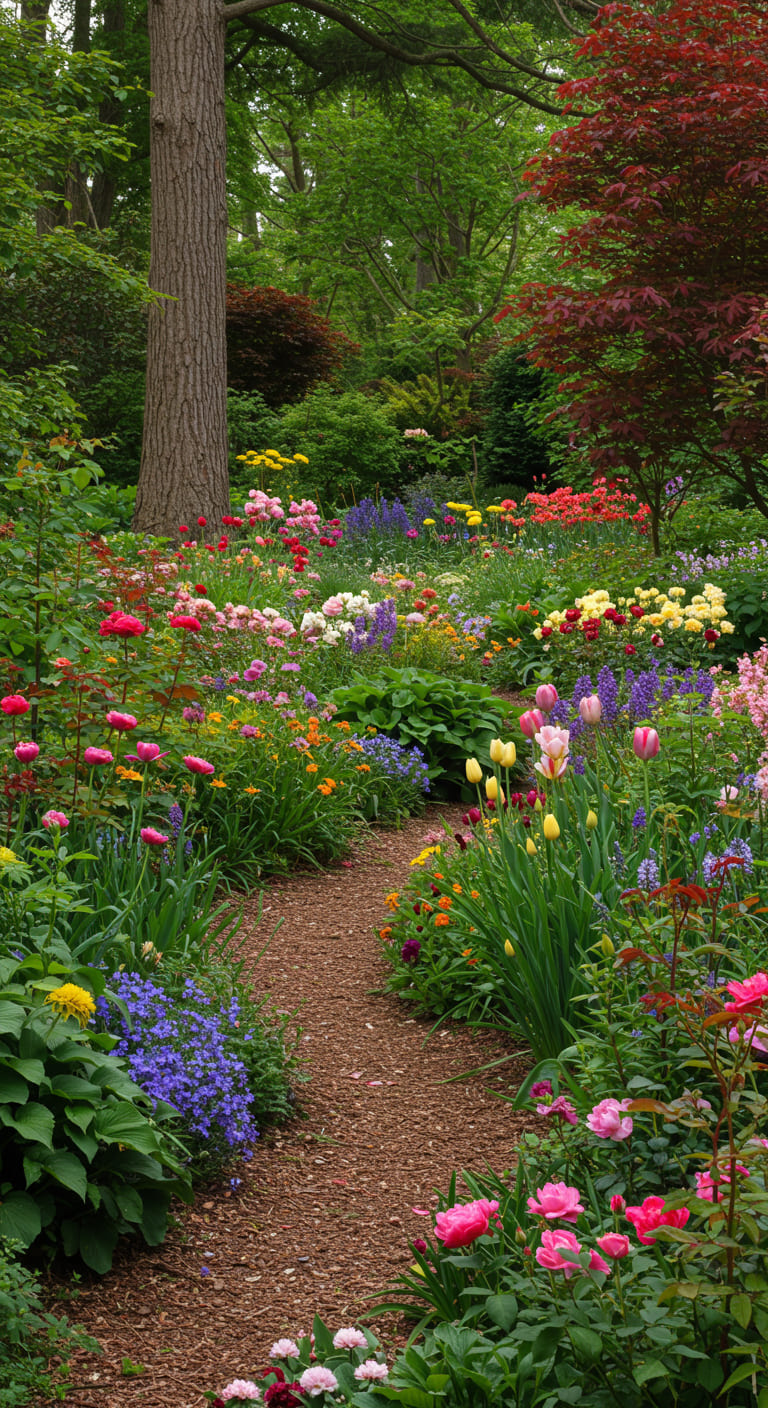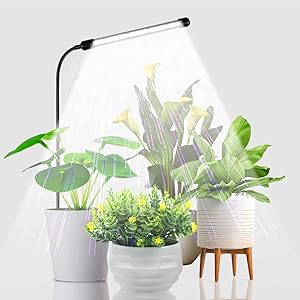When I first embarked on my gardening journey, I was overwhelmed by the sheer amount of work that went into maintaining a beautiful garden. Like many new gardeners, I found myself asking a crucial question: How often should I schedule garden maintenance? Through trial and error, research, and sharing experiences with fellow gardening enthusiasts, I’ve developed a comprehensive understanding that I’m excited to share with you. Let’s dig into the essentials of garden maintenance frequency, explore tips for effective upkeep, and most importantly, encourage you to share your gardening journey!
Understanding the Basics of Garden Maintenance
Before we dive into the nitty-gritty of scheduling garden maintenance, let’s outline what garden maintenance actually entails. From my experience, effective garden maintenance includes:
- Weeding
- Watering
- Pruning and trimming
- Fertilizing
- Pest control
- Mulching
- Seasonal clean-up
Each of these tasks plays a vital role in keeping a garden healthy and vibrant. The frequency with which you should perform these tasks largely depends on the type of garden you have, the climate you live in, and the specific plants you are nurturing.
Factors Influencing Maintenance Frequency
One of the most important lessons I’ve learned is that no two gardens are the same. Here are some factors that influence how often you should schedule maintenance:
1. Type of Plants
Different plants have varying maintenance needs. For instance:
- Annuals: These plants require frequent care, including regular watering and deadheading to encourage blooming.
- Perennials: They may need less attention once established, but regular pruning and division are essential.
- Vegetable Gardens: These require consistent monitoring for pests and diseases, along with regular watering and harvesting.
2. Climate and Weather Conditions
The local climate plays a significant role in how often you need to maintain your garden. In hot, dry climates, watering may need to be done multiple times a week, while in cooler, wetter areas, you might only need to do it weekly. Additionally, seasonal changes can dictate maintenance frequency:
- Spring: This is a busy time for gardeners; you’ll likely be planting, weeding, and fertilizing.
- Summer: Regular watering and pest control are crucial during the heat.
- Fall: This season is ideal for clean-up and preparing your garden for winter.
- Winter: While maintenance is less frequent, some tasks like pruning are still important.
3. Size of Your Garden
The size of your garden can dramatically affect how often you need to schedule maintenance. A small garden might only require a few hours of work each week, while larger gardens may necessitate a dedicated schedule.
Creating a Maintenance Schedule
Based on these factors, I’ve come up with a general guideline for how often to schedule garden maintenance. Here’s a breakdown by task:
Weeding
I find that weeding should be done:
- Weekly: During the growing season, especially after rainfall.
- Monthly: In the off-season or for established gardens.
Watering
Watering frequency can vary, but I suggest:
- Daily: For newly planted seeds or transplants.
- Every 2-3 days: For established plants in hot weather.
- Weekly: For cooler climates or during the rainy season.
Pruning and Trimming
Pruning is vital for plant health and should be scheduled:
- Monthly: For fast-growing plants.
- Seasonally: For trees and shrubs, depending on their bloom time.
Fertilizing
I usually fertilize:
- Once a month: During the growing season.
- Every 6 months: For perennials in spring and fall.
Pest Control
Pest monitoring should be:
- Weekly: During the growing season.
- Monthly: In the off-season.
Mulching
Applying mulch helps retain moisture and suppress weeds and should be done:
- Once a year: In spring or fall, depending on your garden’s needs.
Seasonal Clean-Up
Don’t underestimate the importance of seasonal clean-up. I usually schedule this:
- Annually: At the end of the growing season.
- Bi-annually: For larger gardens needing more extensive care.
Sharing Your Gardening Experience
As I’ve learned more about maintaining my garden, I’ve found that sharing experiences with fellow gardeners can be incredibly rewarding. Here are a few ways you can connect with the gardening community:
Join Local Gardening Clubs
Participating in local gardening clubs can provide you with insights into what works best in your area. These clubs often hold workshops, plant swaps, and social events where you can share tips and tricks.
Online Forums and Social Media Groups
Online platforms like Facebook and Reddit have numerous gardening groups. Joining these communities allows you to ask questions, share your successes, and seek advice from seasoned gardeners.
Document Your Journey
Consider starting a gardening blog or an Instagram account dedicated to your gardening journey. Sharing photos and updates can inspire others and provide you with feedback and encouragement.
Case Studies and Statistics
To further illustrate the importance of regular garden maintenance, let’s look at some statistics. According to a survey by the National Gardening Association, about 35% of gardeners reported that they had to deal with pest infestations due to neglecting regular maintenance tasks.
Additionally, a case study conducted by the Royal Horticultural Society revealed that gardens receiving scheduled maintenance saw a 50% increase in plant health and yield compared to those that received sporadic attention.
Tips for Effective Garden Maintenance
Throughout my gardening journey, I’ve discovered several tips that can enhance your maintenance routine:
- Invest in Quality Tools: Good tools make a significant difference in efficiency and ease of maintenance.
- Stay Organized: Keep a gardening journal to track what works best and when to perform specific tasks.
- Practice Sustainable Gardening: Consider organic methods for pest control and fertilization to promote a healthy ecosystem.
- Be Patient: Gardening is a long-term commitment, and results may take time. Celebrate small victories!
Conclusion
In conclusion, the frequency of garden maintenance is influenced by various factors, including the type of plants, climate, and garden size. By creating a tailored maintenance schedule, you can ensure your garden thrives year-round. Remember to share your experiences with fellow gardeners and learn from one another. The gardening journey is not just about the plants; it’s about the community, the experiences, and the joy of nurturing life.
If you found this article helpful, I encourage you to sign up for our newsletter for more gardening tips and insights. Don’t forget to share this article with your friends and on social media—let’s spread the love for gardening!
FAQ
Q: How do I know if my plants need more water?
A: Check the soil moisture. If it feels dry an inch below the surface, it’s time to water.
Q: What is the best time to prune my plants?
A: Generally, the best time to prune is in late winter or early spring before new growth begins.
Q: How often should I fertilize my vegetable garden?
A: Most vegetables benefit from monthly fertilization during the growing season.
Q: Can I schedule gardening maintenance myself?
A: Absolutely! Many gardeners successfully manage their maintenance schedules. However, hiring professionals is an option for larger gardens or specific tasks.
Juhefa Grow Light for Indoor Plants Growing, 6000K Full Spectrum Gooseneck Plant Lamp for Seedings Succulents Small Plants, Auto On/Off Timing & 5 Dimming, 1-Pack
$7.92 (as of 08/12/2025 04:02 GMT -03:00 - More infoProduct prices and availability are accurate as of the date/time indicated and are subject to change. Any price and availability information displayed on [relevant Amazon Site(s), as applicable] at the time of purchase will apply to the purchase of this product.)
Sign up for our newsletter and stay up to date with exclusive news
that can transform your routine!




